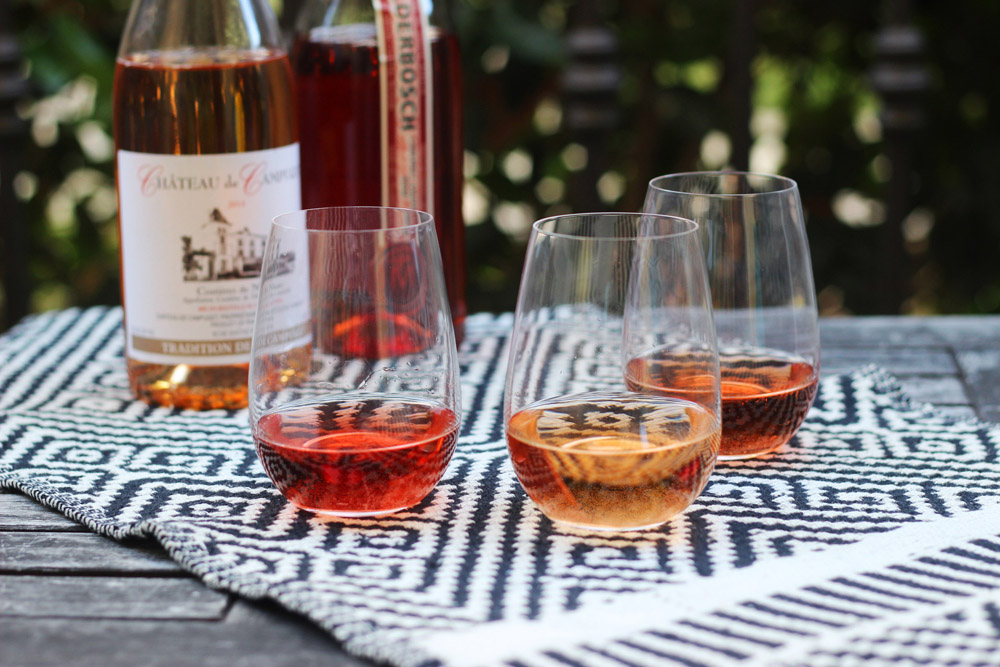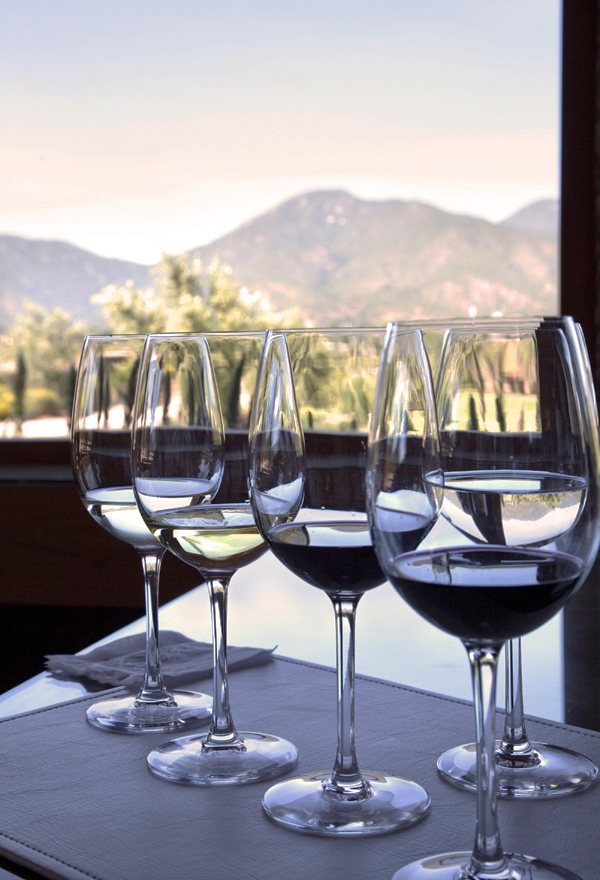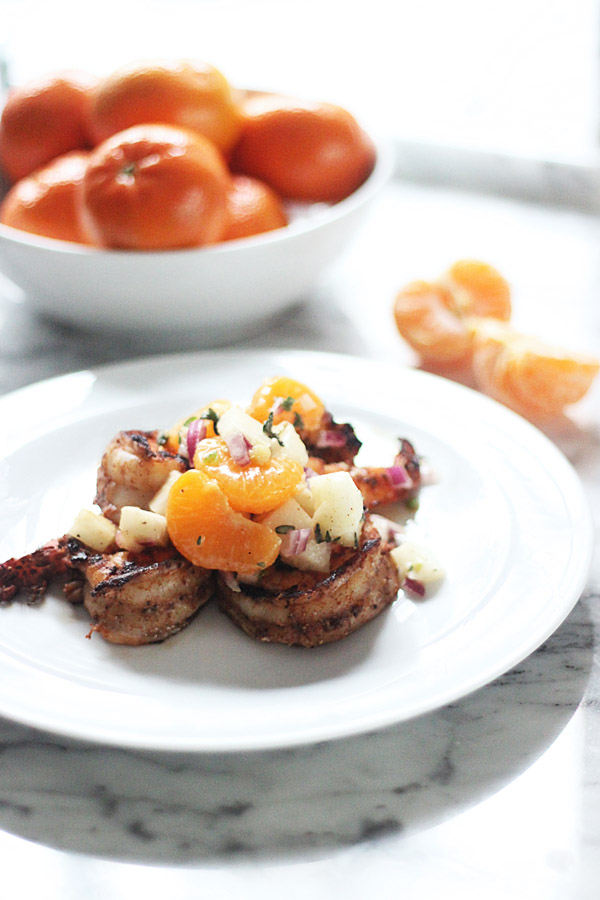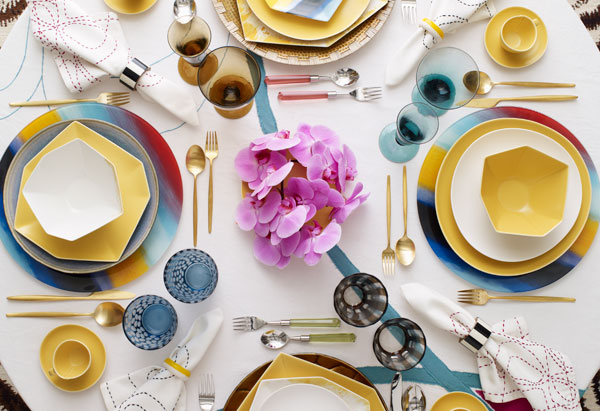“Wine, one sip of this will bathe the drooping spirits in delight beyond the bliss of dreams. Be wise and taste.”
– John Milton
A ROSÉ BY ANY OTHER NAME…
…leads to a lot of confusion. Some of this confusion can be traced back to the 1970s, an era of Americans awakening into the world of wine. At Sutter Home Winery their Zinfandel had a “stuck fermentation” – the wine stopped fermenting but there was still sugar in the wine and it had not yet developed a deep red color. In a stroke of marketing genius they called it “White Zinfandel” and in short order were selling millions of cases per year. Around that same time another enterprising winemaker with a lightly colored, sweet red wine made from another red grape variety called it “Blush.”
For a long time most Americans viewed these wine styles as synonymous with Rosé. As tastes in wine broadened, Rosé wines were seen as inferior and only appropriate for wine beginners or people who were just looking for something cold and sweet to drink. Americans had no memory for more traditional Rosé wines, dry and crisp and good with food, such as those from Provence. I remember way back in 2004 or so a new winery started in Napa producing only Rosé and was charging $14 per bottle. What!? Who will pay $14 for a Rosé?
Rosé is not a grape varietal but a category of wine, like Sparkling Wine or Dessert Wine. It can be made in different ways and with different grapes, but almost always red wine grapes. In the U.S. a winemaker will often bleed off some of the juice from a tank of red grapes that is just starting to ferment, and ferment that juice separately in another tank with no additional skin contact. So while the juice in the original tank is fermenting with the grape skins and getting darker and more complex, the juice that was removed remains lightly colored and more delicate on the palate.
Fortunately for us all, traditional Rosé wines are making a comeback all around the world. Almost two thirds of the wine produced in Provence, in Southern France, is Rosé and it is particularly prized for how well it pairs with Mediterranean cuisine. It’s especially versatile when you don’t know if you should serve red or white wine as it pairs with a wide variety of foods. But definitely, when in Provence in the summer, you drink Rosé.
Take your Rosé right out of the fridge, nice and cold, and enjoy it on the patio on a warm summer afternoon!
Try these two different styles this summer:
2014 Pedroncelli Dry Rosé of Zinfandel, Dry Creek Valley, Sonoma
“Enticing aromas of rose petals, vanilla cream and sweet strawberry are nicely balanced. Crisp taste meets cherry, berry and a bit of orange zest with a great framework of acidity. A refreshing finish lingers between tartness and fruitiness.” Alc 13.2% $12 Retail
2014 Bonny Doon Vin Gris de Cigare, Central Coast, California
Notes from their always amusing website: “it is made from the lightest pressing of bespoke grapes, harvested at the appropriate maturity, i.e. not quite as ripe as those picked to produce a red wine. There is a lovely chalky/smoky gunpowder tea aspect to the nose, with a suggestion of bergamot, wild strawberry and maybe even a delicate trace of wintergreen. There is a wonderful persistent finish, making this one of the most food-friendly wines conceivable.” Alc 13.0% $18 Retail
Cheers!
Tom
Photo by Erika Brechtel



